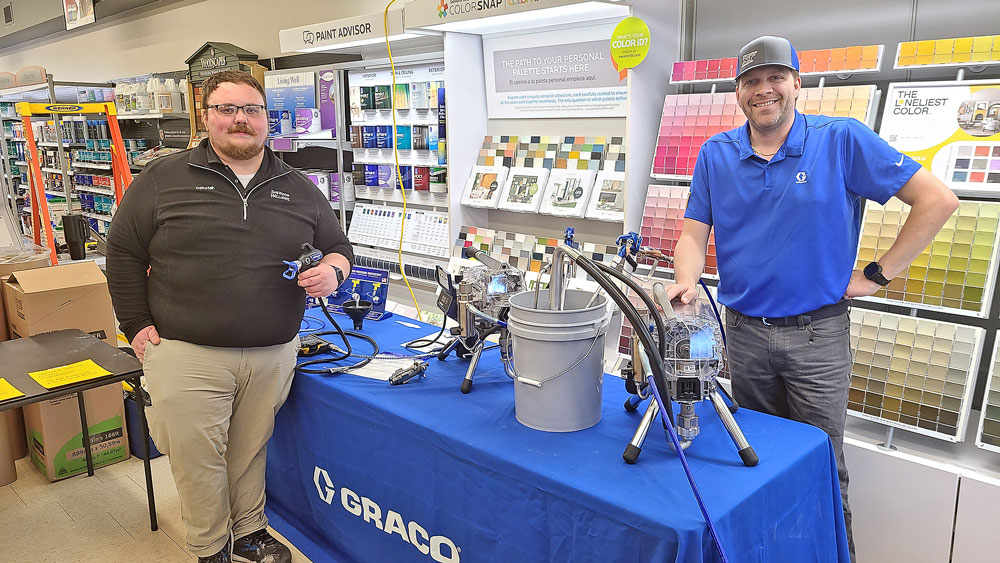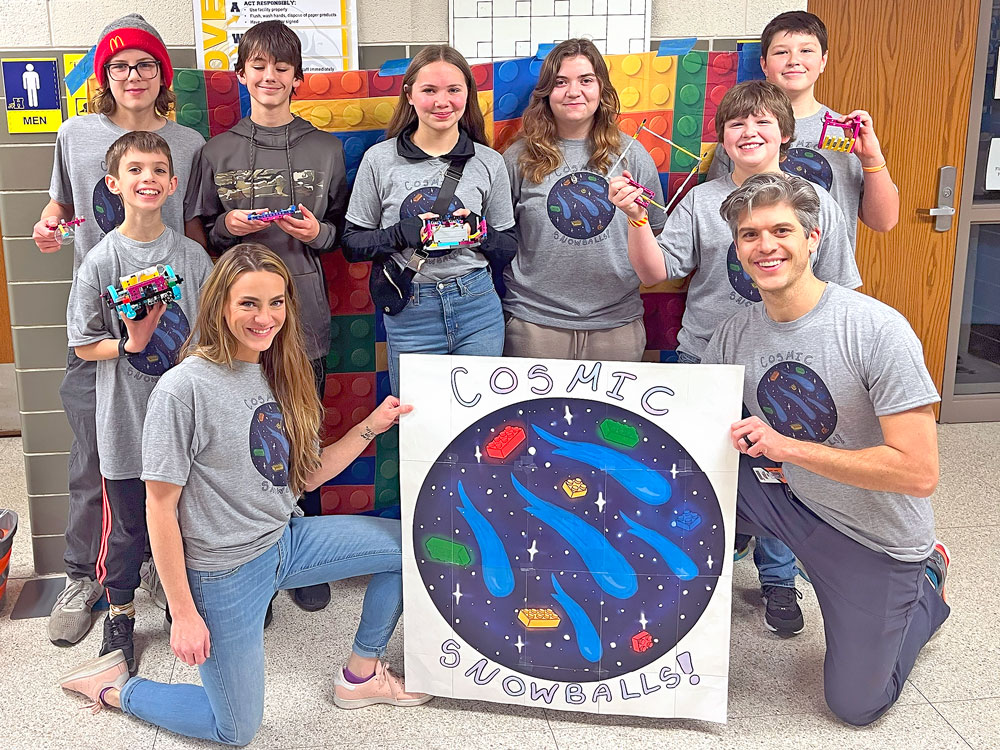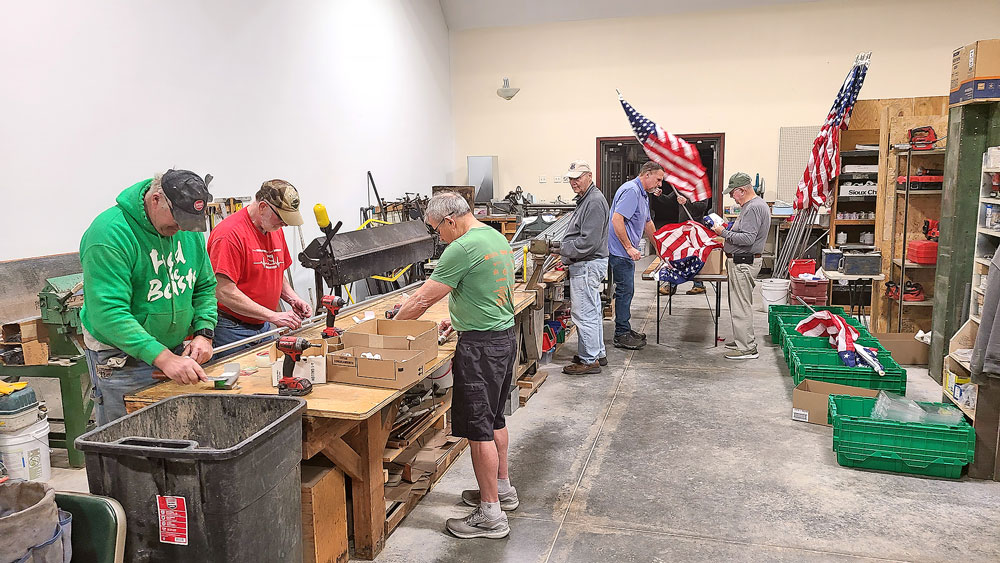Word search, intensified
Word search, intensified
Infinite resources add challenges for student research
At Lincoln Elementary School in early December, a class of third-graders sat down in the library for a lesson on the thesaurus. In small groups of three or four, the students worked together to look up synonyms for words marked out on a worksheet –– such as finding the best replacement for “baby”.
The print book they searched through gives a few options: infant, newborn. If they had searched Oxford Dictionaries online, they might have also found bairn (Scottish), neonate (biological terms: an infant less than four weeks old) or milquetoast (North American slang for one who is submissive or timid; used in place of ‘don’t be such a baby’). It might have made their worksheet a little more complicated. At this age, elementary students are starting to investigate topics at a deeper level; a class assignment on tigers might direct them to answer questions on habitats or diets. But students are no longer simply learning what to look for –– they now need to choose where the best information comes from.
“If you put tigers in Google, you’re going to get millions of hits –– it could be the Detroit Tigers, tiger the hurricane, or whatever,” elementary teacherlibrarian Anna Burnham said. Through Google, student resources are infinite; for young students, that’s not always the easiest route.
GUIDING LIGHTS
At Nashua-Plainfield High School, it seems like part of librarian Kris Griffith’s job is to remind students to look up from their screens.
“They’re so used to being on their computer… They have it with them in their possession all the time. That’s the first place they want to go for information,” Griffith said. “We have to remind them that there are still other places, but at the same time teach them the other sources, the online encyclopedias.”
The search for research paper sources means students no longer look for guidance the same way they had in the pre-digital age, N-P district teacher-librarian Carol Frye said.
“Before technology or the electronic resources, they’re just coming in and looking at the physical (stuff) that we have here. You helped your students, once they defined their need, learn how to locate information and locate the source of information,” Frye said. “Now we teach quite a bit more to go with that. There’s so much information….(you help them find) the sources that have high credibility, because there are so many that are not credible.”
There are still teachers at NPHS who require students to use print resources, and go out of their way to show the value, Griffith said; one class takes a day to visit the University of Northern Iowa’s library for project research.
“There are students who still may need those kind of resources that we might not have here. But we see to it that they are available,” Griffith said.
Even when traditional resources are available, elementary students need to be taught how to use the new technology –– and it often starts with navigation skills, Burnham said.
“When you have kindergarten and first graders who can hardly log in to a computer, managing and navigating through a website or an eBook is going to be quite challenging,” Burnham said.
“Some of them probably have had tablets at home or iPads, where they’ve learned to touch and do things like that…(but) they just don’t know how to use a keyboard efficiently.”
Students start searching web pages in the fourth and fifth grade, using teacher-designated websites created by education organizations like AEA.
Limiting their options to instructor-approved webpages keeps students on track, Burnham said.
“If they have to actually do the research, if they don’t spell it correctly –– you know what happens on the Internet –– you get places where you shouldn’t be or don’t need to be. So at school there are some sites that are blocked,” Burnham said.
There’s also a loss of uniformity among websites that doesn’t exist with a book.
“When you get to those other websites, there’s no universal format. With a book, there’s the table of contents, there’s the index, there’s the glossary,” she said. “All those parts are usually there to help them get through that researching, where it might be there on one website but it won’t be there for another one.”
FIRST RESULTS
When English teacher Trudy McKeag first started teaching, a research project started with a set of file cabinets in the library. Now when her students begin researching, the starting point is a Google or Wikipedia search. It’s changed how she approaches teaching, McKeag said.
“Let’s get some background information. Let’s use Wikipedia as a starting point, and then use those resources at the bottom,” McKeag said.
“They take notes differently than what I would teach them, they think differently. They want to copy stuff, paste it into a word document and then change it later…They don’t know anything different.”
Students haven’t yet learned to be critical of their sources, CCHS teacher-librarian Naomi Yaddof said.
“Kids still have the idea that everything on the Internet is free. And everything on the Internet is right, and it’s not,” Yaddof said. “What I’ve been trying to show them is the AEA resources. Or they can use Gale, Britannica, there’s just all kinds of resources out there online that are certified, accurate.”
Differentiating between blogs and academic resources are another hurdle, McKeag said. She uses an annotated bibliography when teaching students to search for authorship, publishing year and other telling signs of bias or credibility.
“How do you know it’s credible? And they’ll say, ‘I don’t know, is it?’ I don’t know, what are you going to do?”
McKeag said.
But going online brings benefits that print can’t give, said German teacher Marilyn Buttjer.
“For German, it’s just opened up a whole new world of information. They can go directly to Deutsch Villa, they can go to the newspapers,” Buttjer said. “(They can go to) YouTube and see the actual German people speaking or teachers teaching that they wouldn’t have access to, period.”
It even comes down to new tools that enhance students’ creativity, from elementary on up. By the time they reach fourth grade, students will receive their first Google account from the school district, with an assigned ID and password, that they’ll use for school assignments and projects. Teachers have found Google Docs, and the emphasis on revision history and tools, can be especially positive for writing lessons, Burnham said.
That Google Docs experience will follow them right into high school, where McKeag uses it to teach students revision.
“Part of writing is that you write a while and you put it away, instead of write one draft and be done. That’s not how good writing happens,” McKeag said. “Let’s see how you’ve made changes from beginning to end…I say we all have bad days, but I still want you to try everyday.”
By Kate Hayden khayden@charlescitypress.com








Social Share